– J.H. Lehman, Dayton, Ohio
A The 6200 was a one-of-a-kind experimental locomotive, a steam turbine built by Baldwin (in conjunction with the Pennsy) in 1944. It was the only direct-drive steam turbine locomotive built for U.S. service. The locomotive used two Westinghouse turbines: a large one for forward motion and a small one for reverse. Because the turbines were connected directly to the second and third driving wheels, only side rods were used; there were no cylinders, thus no main rod or valve gear
Rated at 6,900 hp (1,500 hp in reverse), the S2 had a tractive effort of 70,500 pounds (65,000 in reverse). It performed decently at high speeds, outpulling similar-sized locomotives above 40 mph. Even with 68-inch drivers, the S2 could hit 100 mph, but at low speeds it was inefficient, using too much coal and water for the power generated.
The 6200 worked mainly between Chicago and Crestline, Ohio, hauling heavy, fast passenger trains. The efficiencies of diesel locomotives, together with the maintenance problems inherent in a one-of-a-kind locomotive, led to 6200’s demise. It was placed in storage in 1949, and officially retired and scrapped a couple of years later. For more on U.S. turbines, see “Turbines: King Coal’s Battle Against the Diesel” in the Fall 2004 CLASSIC TRAINS.
– Jeff Wilson
– Andy S. Clarke, Brixworth, England
A Signals are known by their aspect, name, and indication. The aspect is the appearance of the signal (such as green). Each aspect has a name (such as clear), and the indication is what the signal permits or orders the engineer of an approaching train to do.
The exact meaning of signal aspects varies by railroad, but here’s a summary of single-head signal aspects, names, and indications from the Consolidated Code of Operating Rules:
• Green: clear, proceed
• Yellow: approach, proceed prepared to stop at next signal
• Red: stop (which is also the indication).
Stop signals are one of two types: Absolute or permissive. At a permissive signal (indicated by a number plate or other marker below the signal head on the mast) trains must stop, but can proceed at restricted speed, prepared to stop before an obstruction. At an absolute signal (no number plate or marker) a red signal means stop and stay.
Flashing aspects add additional indications without the need for an extra signal target. For example, a flashing yellow is “advance approach, proceed prepared to pass the next signal at not exceeding medium speed” (the definition of which can vary by railroad). A flashing red at an absolute signal means stop and proceed.
There are variations to the above, and multiple-aspect signals (most often used at interlockings, such as junctions or the ends of passing sidings) are more complex, often indicating the route as well as the speed.
– Jeff Wilson
“dropping a plug,” which apparently
put out the fire and disabled the locomotive.
What does that mean? – Rob
Petersen, Duluth, Minn.
A A critical factor in operating a steam
locomotive is that water must cover the
entire crownsheet above the firebox. Because
of the tremendous heat in the firebox,
if the water drops below the crownsheet,
the sheet will melt. When that
happens, all the superheated water in
the boiler instantly expands into steam,
the result being a boiler explosion.
One method used to safeguard this
on many locomotives was to place fusible
plugs in the crown sheet. These
plugs were made of metal that melted
at a lower temperature than the steel
in the crownsheet. When a plug melts
and blows into the firebox, either the
fire will be put out or the crew will be
alerted to dump the fire before the
boiler explodes.
A dropped plug itself can be dangerous,
as the pressure behind it can force
open a fire door, sending steam into the
cab. – Jim Wrinn and Jeff Wilson
– Jerry Brenner, San Jose, Calif.
A Isolating a locomotive in a consist does just that – it removes its operation from the other units in the consist. An isolated locomotive doesn’t respond to throttle commands from the lead unit (even if it is the lead unit), but it allows multiple-unit information, throttle and brake commands, and other controls to pass through to the trailing units. In this case, the engineer had several units on a
very short train, and didn’t need all the power, so he put his unit into isolation to have a quiet ride – thus enjoying a trip without having a diesel engine roaring right behind him.
– Greg McDonnell
– John Callas, Pasadena, Calif.
A In steam and early diesel days, when railroads ran a lot of passenger trains, all of which ran on published schedules (as did some freight trains, too, on some railroads), any train operating not on a published schedule was an “extra” train, indicated by white flags (or lights) on the front of the engine.
A green flag (or light) indicated a scheduled train operating with at least one following section on the same schedule. There could be as many sections as needed, and all would fly a green flag except the last one, which would have no flag. New York Central’s crack 20th Century Limited, for example, often would run in three or more sections.
– J. David Ingles






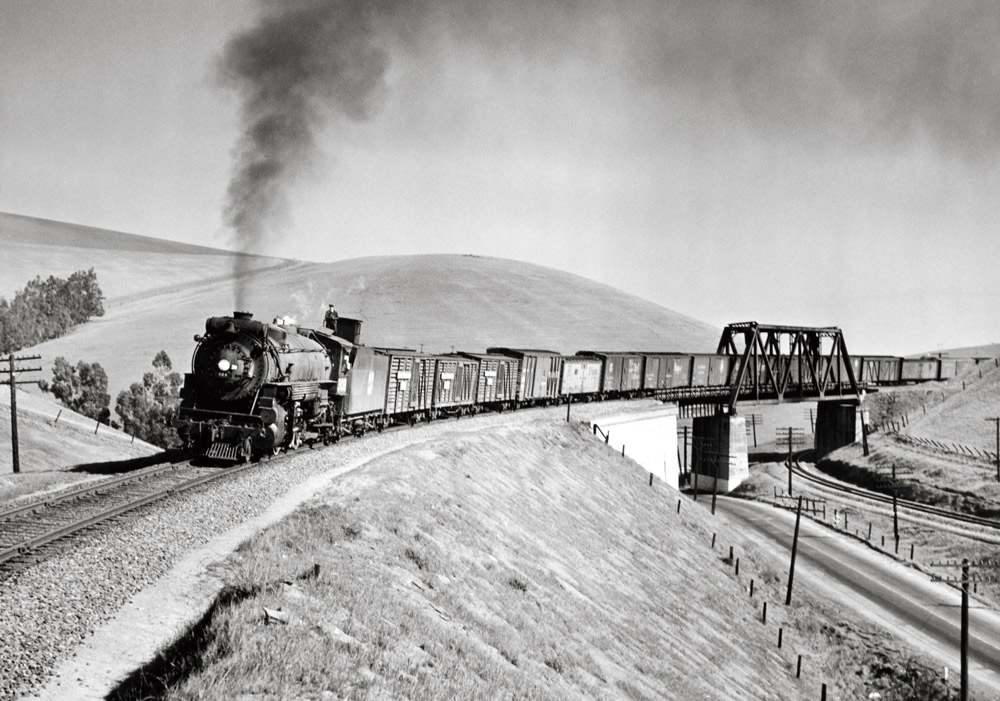
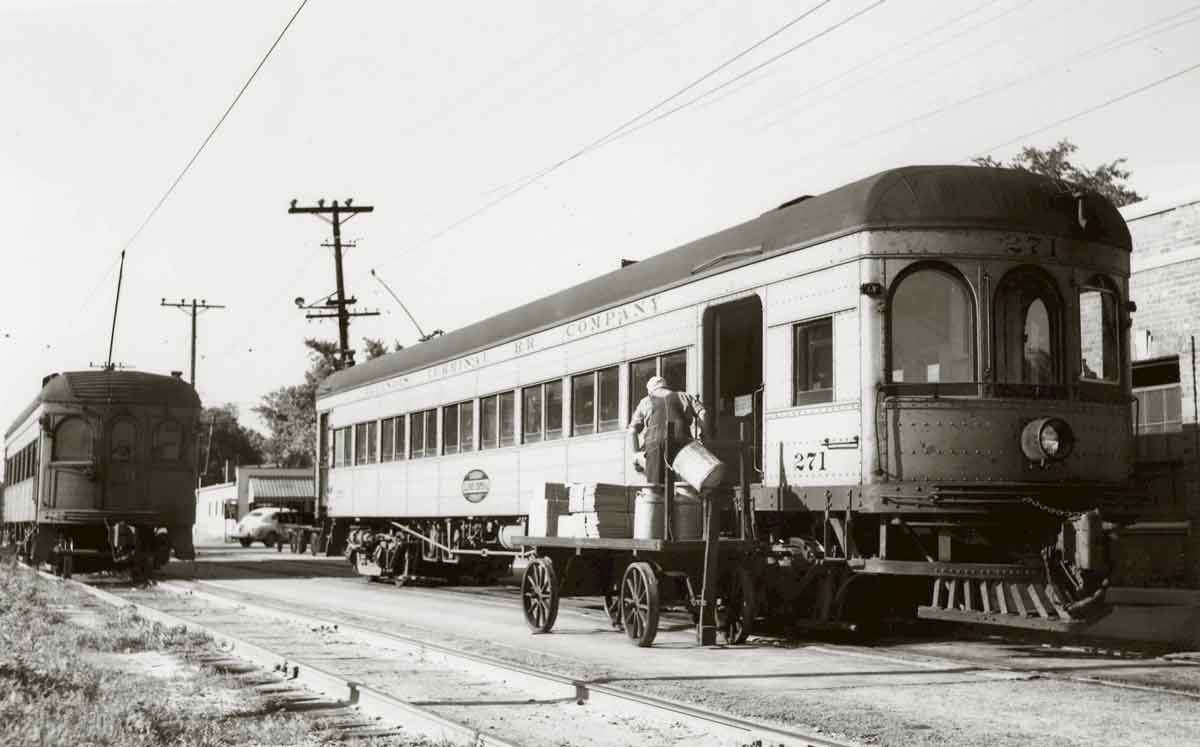
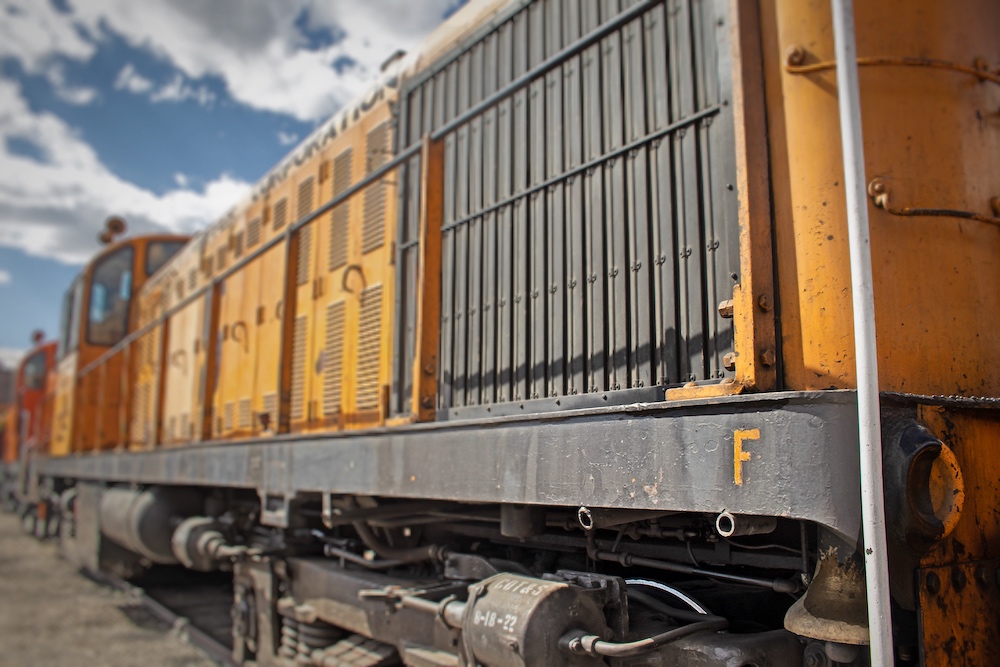
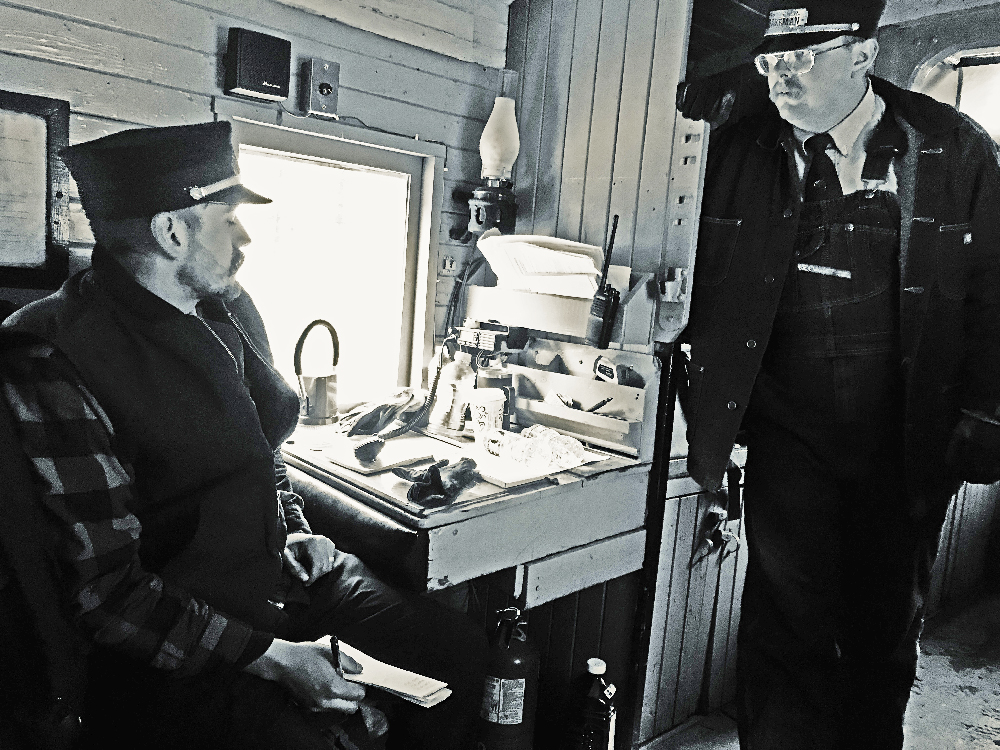
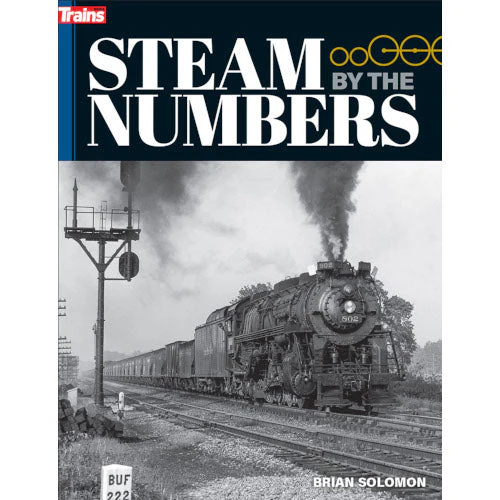

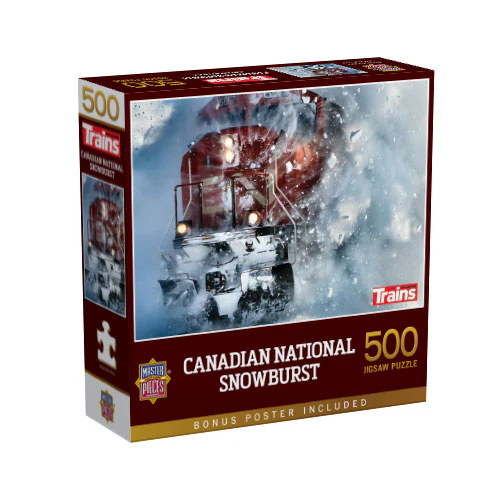
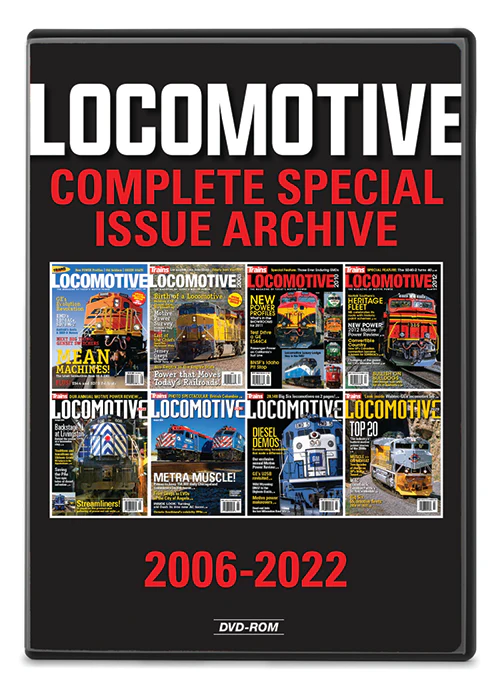
Flashing Red does NOT mean “Stop and Proceed!”
It almost always means “Restricting – Proceed at Restricted speed” but it depends on the railroad and the era.